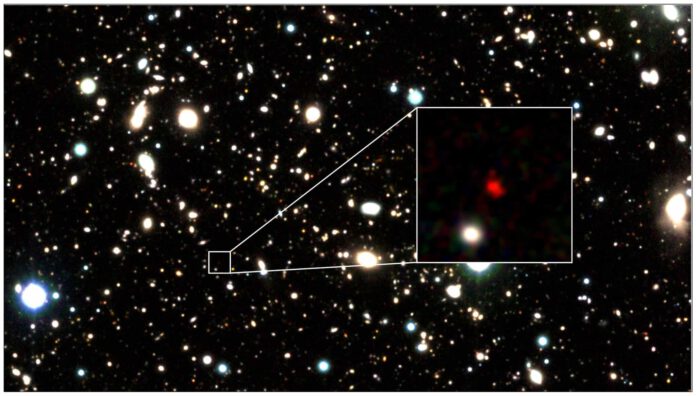
Traveling Beyond the Speed of Light and The Universe’s Immensity
Is it possible to travel faster than light? The universe, originating from the Big Bang 13.7 billion years ago, spans over 90 billion light-years in diameter. But shouldn’t its diameter merely reflect its age, and thus, not surpass 27.4 billion light-years?
A Century Ago: Decoding the Universe
A century ago, astronomers hypothesized an infinite age of the universe. This theory was revamped in the 1920s when a scientist, Edwin Hubble, computed the distances to the Andromeda galaxy and a handful of other spiral galaxies. Estimating the universe age to be two billion years, the furthest spiral galaxies he recorded were 140 million light-years away. Consequently, the universe was thought to measure about 280 million light-years across.
Understanding the Universe’s True Size
Modern knowledge reveals that the universe is substantially larger than what was inferred in Hubble’s time. The most distant objects are located about 47 billion light-years from Earth, making the diameter of the universe approximately 94 billion light-years. These distant objects include the star Earendal (28 billion light-years away), and the galaxies HD1 and UNCOVER Z-13 (33 billion light-years away)—an utterly overwhelming expanse.
Justifying the Enormous Distances
Why are these objects located so far away from us? The answer rests on the universe’s continuous expansion. For instance, light from the galaxy UNCOVER Z-13 takes about 13.4 billion years to reach us. However, within 300 million years after the Big Bang, the universe was much smaller than it is now. Consequently, the light that we now observe had originated from sites much closer to Earth (which, interestingly, didn’t exist yet).
Analogizing Universe Expansion
Imagine being stationary on a road where a person stands at every meter mark, extending indefinitely. Now imagine this road expanding every minute. After one minute, the first person is two meters away, the next one is four meters away, and so forth. As more minutes pass, the distances between individuals gradually increase, making the farthest ones virtually unreachable. The expanding universe behaves much like this growing road: distances between objects increase even though the objects themselves don’t necessarily move.
The Limitations of Space Travel
Could we, theoretically, leave Earth and reach galaxies like UNCOVER Z-13 or HD1 while traveling at the speed of light? Unfortunately, no. The ever-expanding universe makes these remote galaxies perpetually unreachable, regardless of our travel speed—even at the speed of light.
Space Picture of the Week
The featured space picture of the week is the above image of galaxy HD1. The light we see from this galaxy was emitted 13.5 billion years ago. However, it would be about 33.4 billion light-years away from us now. Astronomers noticed this distant celestial body after over 1,200 hours of night sky observation through various telescopes. Given its extreme brightness in ultraviolet light, HD1 likely hosts a supermassive black hole, with a mass equivalent to a hundred million suns. We hope to gain more insight into HD1 with the upcoming James Webb telescope.











